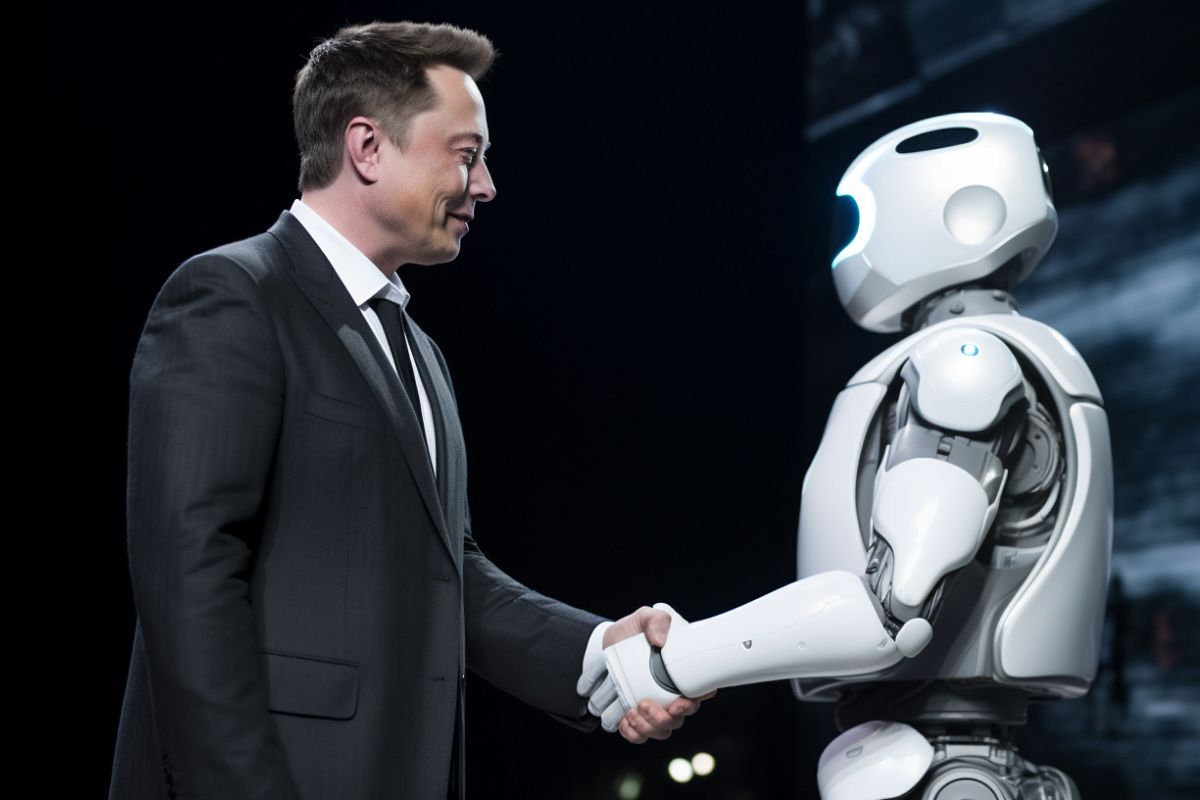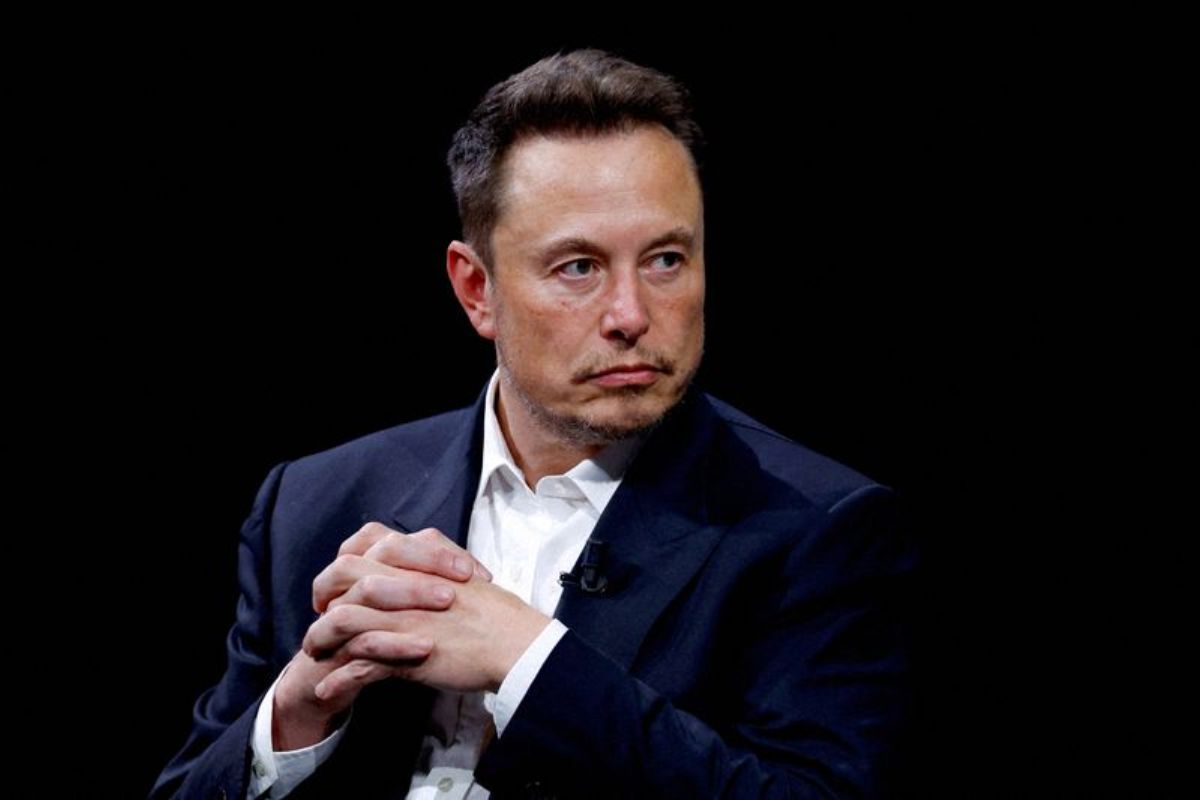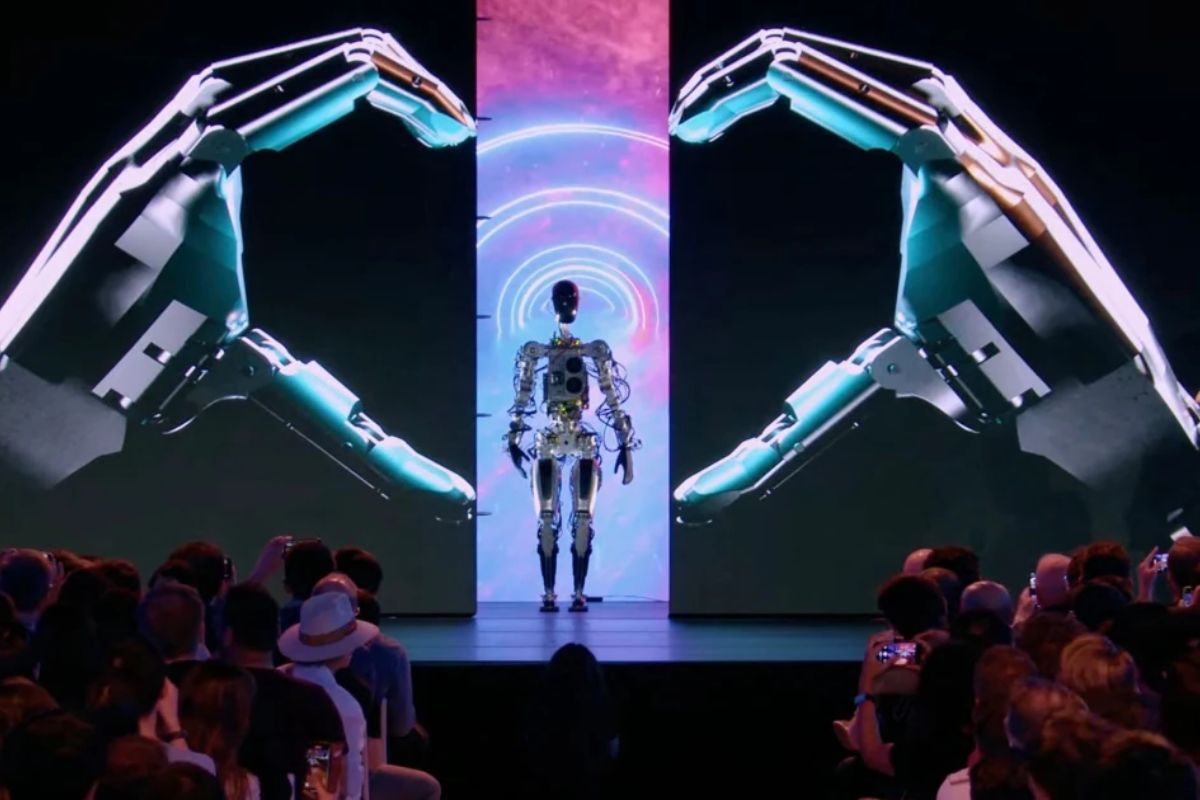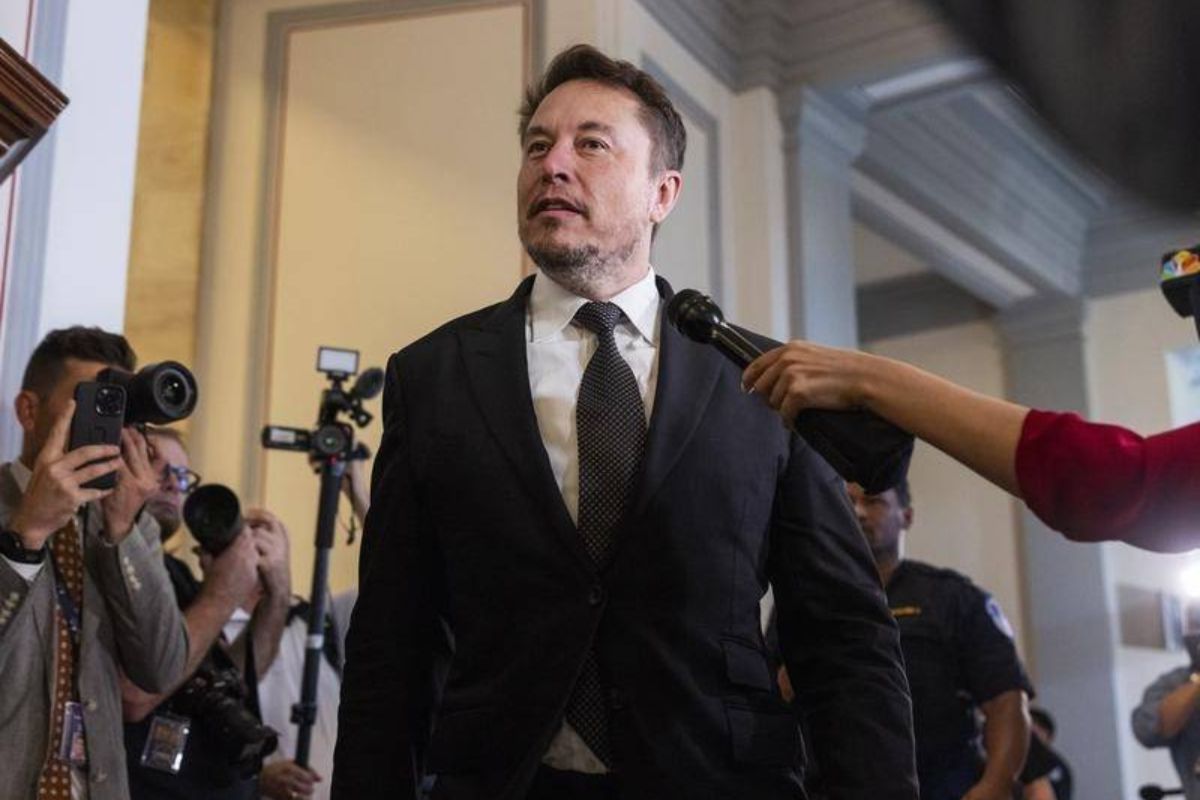Musk’s Quest for Influence: Elon Musk, the enigmatic CEO of Tesla, has once again captured the attention of both investors and industry observers with his latest endeavor: seeking a 25% voting share in the electric vehicle giant. This bold move comes at a time when Tesla is rapidly expanding its AI and robotics capabilities, signaling Musk’s unwavering determination to shape the future of transportation and automation.
However, beneath the surface, Musk’s quest for influence raises questions about corporate governance, legal challenges, and the potential impact on Tesla’s market performance. As the stakes continue to rise, it is crucial to examine the motivations behind Musk’s pursuit and the implications it may have for the company’s trajectory.
Key Takeaways
- Musk’s growing unease with his current ownership stake and level of control in Tesla is driving his quest for a 25% voting share.
- The implementation of a dual-class voting structure raises concerns about accountability, transparency, and potential impact on Tesla’s strategic decisions.
- Legal challenges and a compensation lawsuit raise doubts about Musk’s dedication to Tesla’s long-term success and the fairness of the board’s decision-making process.
- Tesla’s focus on AI and robotics for self-driving systems, alongside diversification efforts, aims to enhance market performance and establish leadership in the industry.
Musk’s Unease with Tesla Stake:
Elon Musk’s growing unease with his current 13 percent ownership stake in Tesla raises significant concerns about the company’s future direction and his ability to exert influence over its decisions.
As the world’s wealthiest individual and CEO of Tesla, Musk’s uneasiness regarding his ownership stake is not to be taken lightly. His dissatisfaction with the current level of control and voting power he possesses within the company is evident in his recent social media posts.
By expressing concerns about voting control and the company’s focus on artificial intelligence (AI) and robotics, Musk is indicating his desire for a larger stake and greater influence.
This unease brings into question the potential impact on Tesla’s strategic decisions and the direction the company will take in the future.
The outcome of Musk’s quest for increased influence will undoubtedly have far-reaching implications for Tesla and the entire electric car industry.
Also Read: SpaceX Executives’ Anxiety: Elon Musk Alleged Drug Use Revealed in ‘Cringeworthy’ Meeting
Exploring a Dual-Class Voting Structure
Implementing a dual-class voting structure in response to Elon Musk’s concerns could potentially have significant implications for Tesla’s future decision-making process and corporate governance. While it may seem like a viable solution to secure Musk’s desired level of control, there are several complexities and considerations that need to be taken into account.
Here are four key points to consider:
- Concentration of power: Introducing a dual-class structure could result in a concentrated power structure, with Musk holding a significant voting share. This could potentially limit the influence of other shareholders and stakeholders in the decision-making process.
- Long-term vision vs. short-term gains: Musk’s push for increased voting control may be driven by his long-term vision for Tesla’s success. However, there is a risk that this focus on long-term goals may overlook the importance of short-term profitability and shareholder value.
- Accountability and transparency: A dual-class structure may raise concerns about accountability and transparency. With a controlling shareholder, there may be limited checks and balances, which could impact the company’s overall governance and the ability of other shareholders to hold management accountable.
- Investor confidence: The implementation of a dual-class structure could potentially impact investor confidence. Some investors may be wary of investing in a company where decision-making power is concentrated in the hands of a single individual, as it introduces an element of uncertainty and potential conflicts of interest.
Legal Challenges and Compensation Lawsuit
The legal challenges and compensation lawsuit surrounding Elon Musk’s compensation package have raised concerns about potential collusion and its impact on Tesla’s corporate governance. Shareholder Richard Tornetta’s lawsuit alleges that Musk and the Tesla board colluded to secure an oversized compensation package without requiring Musk’s full-time commitment. This legal battle highlights the need for transparency and accountability in executive compensation decisions, especially in a company as influential as Tesla.
To better understand the implications of these challenges, let’s examine the key details in the following table:
| Lawsuit Allegations | Implications | Potential Outcomes |
|---|---|---|
| Collusion between Musk and Tesla board | Raises questions about board independence and decision-making process | Board restructuring, increased transparency in compensation decisions |
| Oversized compensation package | Raises concerns about fairness and alignment of interests | Revised compensation package, potential clawbacks |
| Lack of full-time commitment | Raises doubts about Musk’s dedication to Tesla’s long-term success | Reevaluation of Musk’s role and responsibilities |
These legal challenges and the compensation lawsuit shed light on the importance of corporate governance and the need for checks and balances to ensure executives are held accountable for their actions. It remains to be seen how these proceedings will unfold and what impact they will have on Tesla’s future direction and reputation.
Diversification Efforts and Market Performance
Following the legal challenges and compensation lawsuit surrounding Elon Musk’s compensation package, another significant aspect to consider is Tesla’s diversification efforts and how they have impacted the company’s market performance.
Despite Tesla’s remarkable performance in recent years, the company has faced a 12 percent decline in its shares this year, resulting in a substantial loss of over $94 billion in market valuation.
Here are four key observations about Tesla’s diversification efforts and their impact on market performance:
- Expansion into AI and Robotics: Tesla’s focus on developing the Optimus robot and investments in the Dojo supercomputer project show a strategic shift towards enhancing self-driving systems. This diversification effort holds the potential to revolutionize the automotive industry.
- Market Volatility: Market fluctuations have had a significant impact on Tesla’s valuation, resulting in a decline in share prices. This volatility highlights the challenges faced by companies operating in the technology and automotive sectors.
- Investor Confidence: The decline in market performance may raise concerns among investors about Tesla’s ability to deliver consistent returns. It is crucial for the company to address these concerns and provide a clear roadmap for future growth.
- Long-term Vision: Despite short-term setbacks, Tesla’s diversification efforts demonstrate a long-term vision to lead the industry in AI and robotics. By expanding its product portfolio and exploring new technologies, Tesla aims to secure its position as a pioneer in the electric vehicle market.
Corporate Governance and Leadership Dynamics
Corporate governance and leadership dynamics play a crucial role in shaping the direction and decision-making processes of companies, and Tesla is no exception. The intricate dynamics surrounding Elon Musk’s stake, voting control, and compensation concerns highlight the complexities involved in corporate governance. Musk’s emphasis on having significant but not overwhelming influence suggests a nuanced approach to leadership. The potential introduction of a dual-class voting structure adds another layer of complexity, underscoring the challenges and considerations in making corporate governance decisions.
To further explore this topic, let’s examine the following table:
| Key Considerations | Implications |
|---|---|
| Musk’s quest for a 25% voting share | Increased influence and potential consolidation of power |
| Compensation concerns | Alignment of interests between Musk and shareholders |
| Potential dual-class voting structure | Enhanced control for Musk but potential dilution of other shareholders’ influence |
| Uncertainties surrounding Tesla’s response | Impact on company’s strategic direction and decision-making processes |
These dynamics and decisions will undoubtedly shape Tesla’s future trajectory, making it crucial for stakeholders to closely monitor the company’s governance practices and leadership dynamics.
Conclusion Of Musk’s Quest for Influence
Elon Musk’s quest for a 25% voting share in Tesla reflects his unease and desire for greater influence in the company amidst its expansion into AI and robotics.
Despite legal challenges and a compensation lawsuit, Musk is exploring a dual-class voting structure to solidify his control.
However, diversification efforts and market performance remain crucial factors in determining the success of his corporate governance and leadership dynamics.
Our Reader’s Queries
Q1 What has Elon Musk contributed to Tesla?
A Elon Musk, as the co-founder and CEO of Tesla, directs the company’s product design, engineering, and oversees global manufacturing of electric vehicles, battery products, and solar energy solutions.
Q2 What does Elon Musk have to say about artificial intelligence?
A Elon Musk cautioned that the coexistence of humanity with superhuman AI intelligence doesn’t assure a utopian outcome. While acknowledging the potential for AI to predominantly have a positive impact, Musk emphasized the prospect of fostering a future marked by abundance, eliminating scarcity in goods and services.
Q3 Why is Elon Musk against AI?
A Elon Musk has raised apprehensions regarding the possible risks associated with artificial intelligence (AI), emphasizing the need for proper regulation and control to prevent it from posing a threat to humanity.




